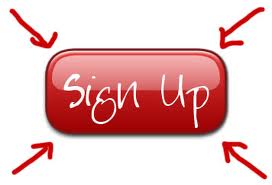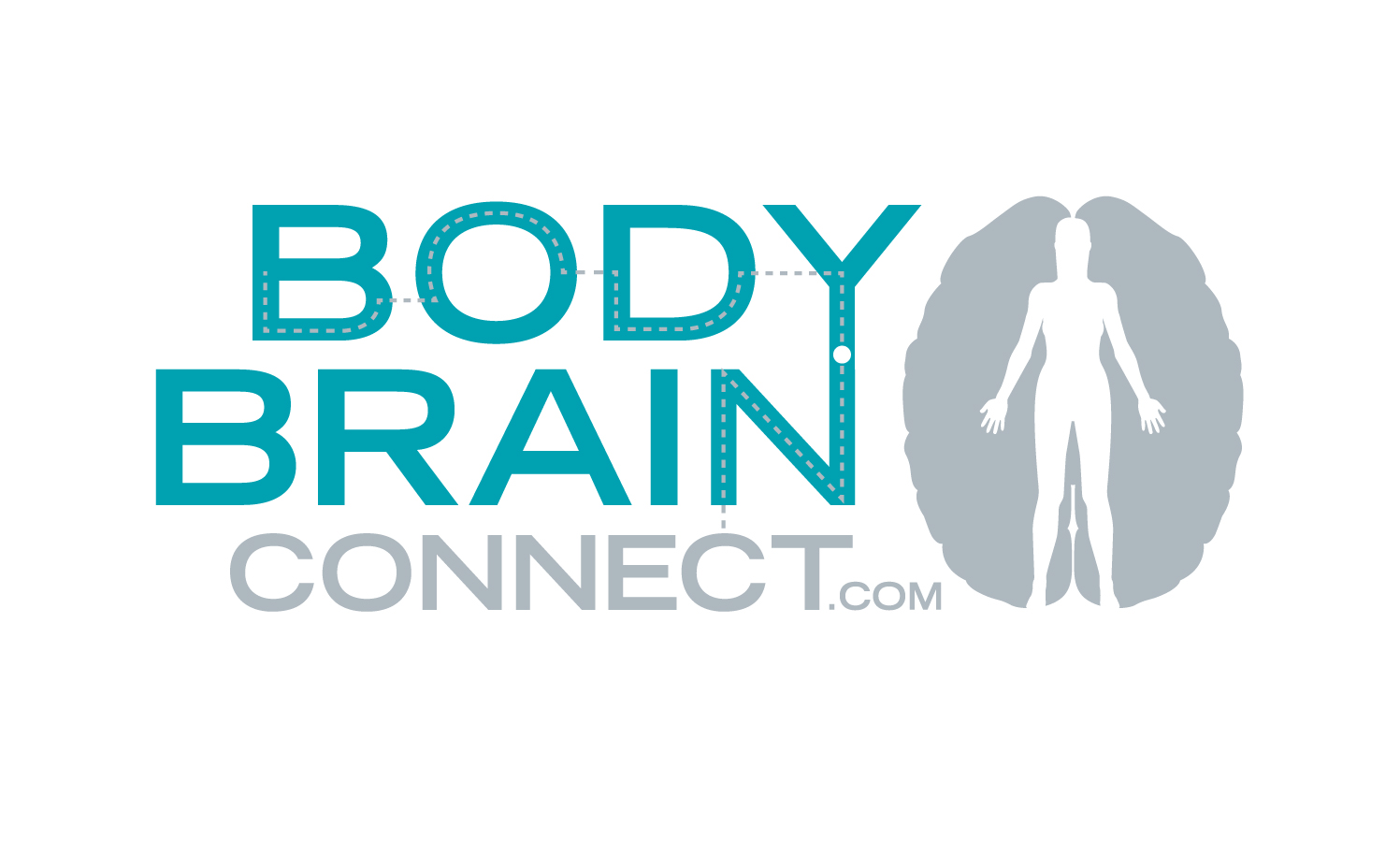Thoughts on Student-Centered Teaching in the Pilates Universe:
Let your soul stand cool and composed before a million universes.
…and your very flesh shall be a great poem.
— Walt Whitman
Wonderful Walt Whitman — gently, deeply touching the heart of us. I came across this quote recently while working on the newsletter for our studio, Pilates Collective, and every time I read it I get chills. Would that I could stand, soul exposed, before a million universes and have my flesh turned into a great poem.
As they pertain to teaching, Walt”s words bring two things to mind.
One, that teaching can often feel like being at the center of the universe as we face the infinite complexities (should you really care to look, and I do) of the body, mind and spirit of the student in front of us.
Two, that if we live there too long, the center of even our own universe, it is to our ultimate folly.
For when we put ourselves in this place, on stage, in the spotlight, with attention only for our own performance, voice or agenda we not only get in our own way, we are in our student”s way. We deprive our student of the opportunity to inquiry for themselves and create a learning experience that is intrinsic and replicable. If their moments of discovery are not embeded in what comes from them why should they care? It”s not your experience or mine that they will remember later while lugging kids around or executing their tennis serve, it is their own.
We use our experience and insights as tools to evoke and pull forth understanding, but here”s where it can all go wrong. Too much sharing. Too much telling and correcting. Too much guiding and convincing. Too much focus on you and what you”re doing to help them get results, reach goals, feel new things. Too much center of the universe. Not enough Pluto!
When it comes to being truly effective in our teaching, you (and I) are not the center of the universe. We are Pluto! Beautiful, bright — unjustly demoted from planet-hood — sparkling Pluto. We offer a vantage point, a certain perspective, a gravitational pull, but we stand off to the side and watch how the body in front of us (the celestial center) takes it all in and makes use of it. Instead of teacher at the center, we put our student at the center. In this way we give them permission to relate to their own inner knowledge, a way of analyzing and constructing, rather than requiring them to put their trust in us alone.
Here”s a familiar scenario:
Teacher: “Let your shoulders slide down. Yes, perfect. And again…just before you draw your arms back, slide the shoulder blades down. Great.”
Next session: “Okay, now remember arm presses, shoulders release down first to initiate.”
Next session: “Don”t forget to activate from the back, letting your shoulders slide away from your ears before arms engage.”
Ad nauseam…
Do they ever really get it if we always do it this way? If we always tell, lecture, share and give them the answers?
Alternate scenarios:
Teacher: “We are going to revisit arm presses and I want you talk me through it as you do it. What comes first? What sensation initiates each phase of movement?” Or…
Teacher: “How does it feel when you do it that way? Can you do it differently and make it feel more connected/more easeful/stronger but with less effort?” Or…
Teacher: “What image comes to mind when you draw the shoulders down like that? In what other activity in your life do you do that or could you do that?”
These are just simple examples of how we can take ourselves out of center, out of the way, and put the student in the driver”s seat. It”s called student/centered teaching or learning.
In a student-centered approach we put the responsibility into the student”s hands by asking them questions and leading them to explore connections that are inherent in them. We allow them to trust themselves and rely on what their How to Alcohol buy-detox.com at Home. body can do rather than on what we tell them their body can do.
Tenets of student-centered teaching/learning:
- ‘the reliance on active rather than passive learning,
- an emphasis on deep learning and understanding,
- increased responsibility and accountability on the part of the student,
- an increased sense of autonomy in the learner
- an interdependence between teacher and learner,
- mutual respect within the learner teacher relationship,
- and a reflexive approach to the teaching and learning process on the part of both teacher and learner.’
Lea et al. (2003:322)
Student-centered teaching/learning is a deep and expansive topic which looks at sociocultural influences, environment, cognitive function, and online peliautomaatti active versus passive participation to name a few elements. For our purposes we can focus on environment, active learning and the brain/body connection.
Because student-centered teaching emphasizes the student as an active participant, it is particularly powerful in teaching movement. As we work to encourage and elicit certain patterns in the body we can utilize this turn around in our use of imagery and metaphor, tactile cueing, demonstration, and orientation.
Here are a few simple take-homes you can start playing with right away:
1. Make it personal: Within your session make specific and deliberate references to the student”s goals and previous movement experience.
Ex: “When you connect your shoulders into your back think of it like the moment before you push the lawn mower. Instead of pushing from your arms, you”re initiating from your back.” OR “Feel your hips stable when your waist twists as if you are taking the perfect back swing, powerful yet smooth and without tension.”
2. Use their words: Listen to how students repeat instructions back to you. Use their words rather than your own in order to deepen their relationship with what they are doing. It puts it back in their field of reference and means more.
Ex: A student is fond of saying “you want me to plug my shoulders in” so you say “plug your shoulders in” when you want them to release their shoulders or anchor into their back.
3. Ask them to notice/Don”t tell them to change: When trying to re-educate, a powerful tool is asking the student to actively notice where their body is in space, how it feels given a certain movement phase or sequence, and what they might do differently. Evoke a sense of curiosity and awareness in order to reinforce what you see and what you want them to achieve/retain for the longterm.
Ex: (In plank position) Ask: “What could you do differently with your neck here?” Or “How could you make this feel better in your neck and shoulders?”
When they correct from a place of internal awareness rather than your constant prompting they are more equipped to make those corrections when you are not around (the other 166 hours per week).
4. Enter their paradigm: (What the heck does that mean?…) Instead of always teaching from your point of view, shift your perspective in order to make exercises, images, metaphors etc. relative to your student”s reality. This can happen in regard to physical or psychological orientation.
Ex: Physical orientation – If they are lying down, you lie down and demonstrate. If they are sitting on the chair, you sit on the chair. If you are talking about walking while teaching footwork, stand them up and have them experience the relationship directly. You should be teaching and they should be learning in the same orientation.
Ex: Psychological orientation – If you want your imagery and metaphor to be useful step into their world and see what they would come up with. What experience do they have that will insight improved movement? Say your student has experience as a contractor, use images that related to climbing ladders, using a hammer, bending and squatting etc. And when in doubt, ask: “What image do you think of that helps you connect to your core strength here?”
This is just a starting point. I recommend you begin by playing with just one of these and see what kind of results you get. As you become more comfortable with shifting the responsibility to your student and including them more fully in the process, add in another tool. See what resonates with you, your teaching style and your students.
We are always looking for ways to make a bigger impact on our students so they want to keep coming back. Typically what we do is focus on how to improve our skills, our demeanor, and our knowledge so we perform better. What I would encourage you to do is build skills that turn the focus on improving the student”s ability to learn and retain what you teach them. This is not only liberating for your students, which makes them have more ownership in the process, it will also fuel your curiosity and bring a sense of excitement to your teaching that, as we all know, ebbs and flows.
So, take a step out of the center and embody your best Pluto-like self. Open up to newness and insight from your student. See what they have to offer and watch their universe expand and grow brighter. Pluto has a great view. Wouldn”t you like to check it out?
PS. In light of the recent explosion of body/brain research and neuroscience the study of teaching takes us down a long path to the connection between body and brain and how our brains learn movement via language, touch and perspective. Skillful Teaching has the perfect opportunity for you to learn more about this topic:
Seva Teleclass: February 15th 10 am CST “Developing Mastery through Body and Brain“ – Guest Presenter, Anne Bishop, Ed.M. Mind, Brain and Education Harvard University
“Developing Mastery through Body and Brain“ – Guest Presenter, Anne Bishop, Ed.M. Mind, Brain and Education Harvard University
Practical tips to enhance your teaching skills and understand how the brain learns movement.

AND if you are REALLY interested, Anne will be hosting a 2-day workshop in Sebastopol, CA Feb. 25th and 26th
Fore Details and to register CLICK HERE!
Other Resources/References:
USciences – Learner-Centered Teaching
Phyllis Blumberg, Ph.D.
Director of the Teaching and Learning Center
University of the Sciences in Philadelphia
AISHE – Student-centred learning: What does it mean for students and lecturers?
Geraldine O”Neill and Tim McMahon
University College Dublin
JSTOR – CalTeach UCSC – Where is the Mind?Constructivist and Sociocultural Perspectives on Mathematical Development
Paul Cobb
Educational Researcher, Vol. 23, No. 7. (Oct., 1994), pp. 13-20.
Search: Teaching/learning/curriculum, Student-centered
zp8497586rq

 “Developing Mastery through Body and Brain“ – Guest Presenter, Anne Bishop, Ed.M. Mind, Brain and Education Harvard University
“Developing Mastery through Body and Brain“ – Guest Presenter, Anne Bishop, Ed.M. Mind, Brain and Education Harvard University





 How are you showing up? Why are you showing up? Why do you teach? What IS teaching? Why do you care? This is Skillful Teaching: A Whole-person approach to being an expert teacher, not an expert technician. There's a difference. Want to know what it is?
How are you showing up? Why are you showing up? Why do you teach? What IS teaching? Why do you care? This is Skillful Teaching: A Whole-person approach to being an expert teacher, not an expert technician. There's a difference. Want to know what it is?